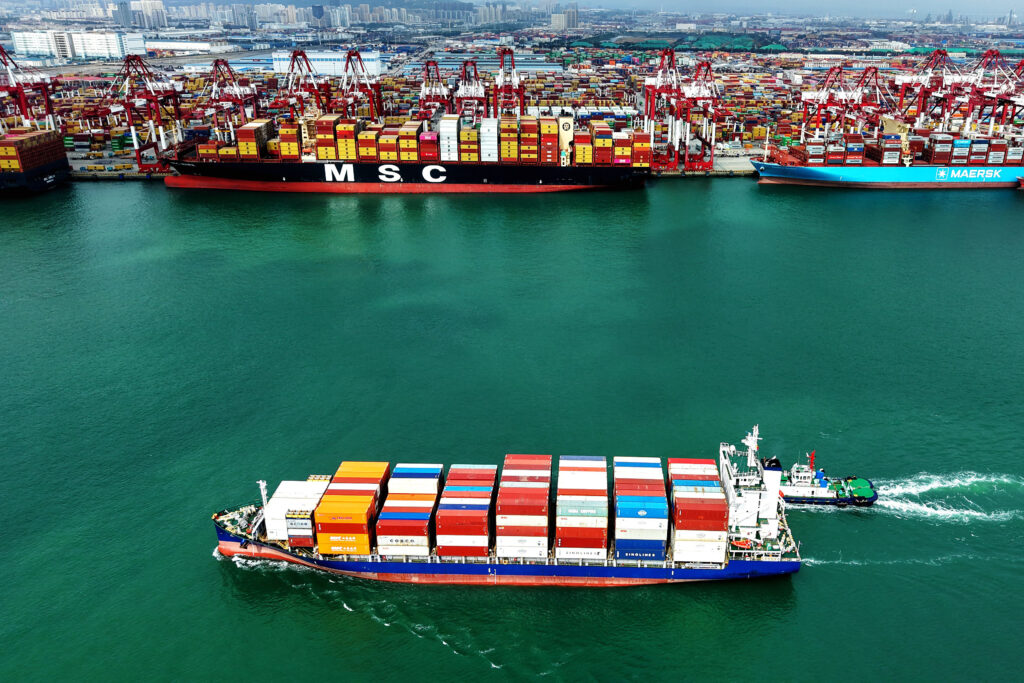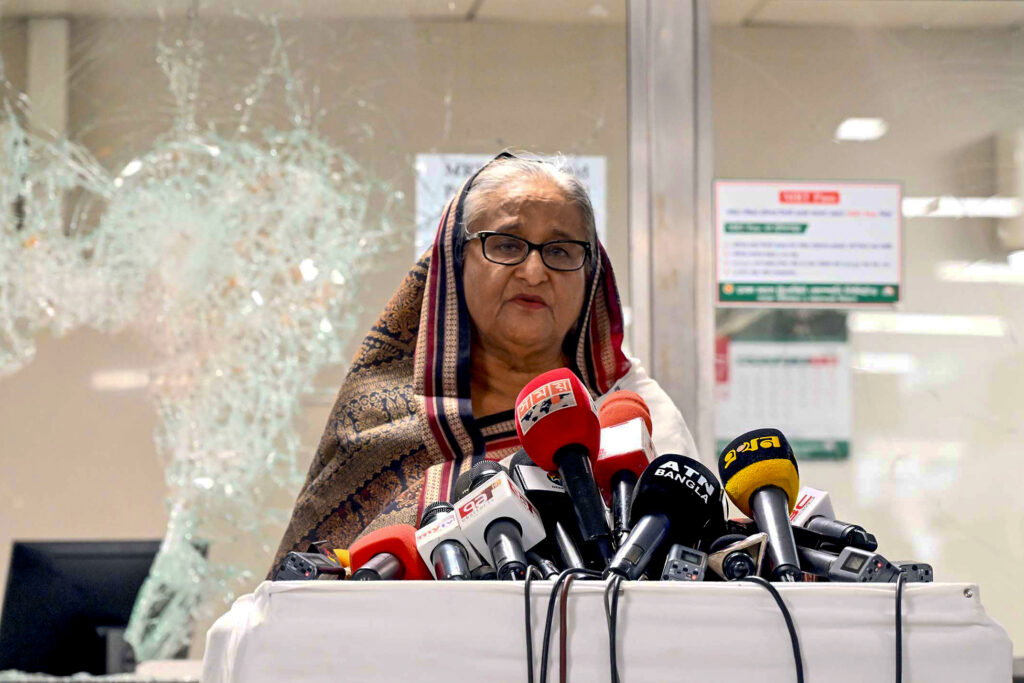Dans le golfe du Lion, étudier les oiseaux migrateurs face aux projets d’éoliennes
Mieux connaître les trajectoires des oiseaux migrateurs terrestres et des oiseaux marins, pour adapter les activités humaines: c’est le but du programme Migralion, réalisée dans le golfe du Lion, où de grands projets d’éoliennes en mer sont en cours.Pilotée par l’Office français de la biodiversité (OFB), Migralion s’est intéressée à cet espace maritime stratégique de l’avifaune, fréquenté ou ponctuellement survolé par des millions d’individus appartenant à de nombreuses espèces d’oiseaux, mais sur laquelle on manque encore de connaissances.Le golfe du Lion accueille aussi l’un des premiers parcs éoliens en mer flottant de France, avec trois éoliennes inaugurées cet été, et 19 prévues à l’horizon 2031.L’étude, sur quatre ans, a combiné les données récoltées lors de campagnes en mer, grâce à des radars sur la côte et grâce à la télémétrie, l’équipement des oiseaux de balises de géolocalisation miniaturisées.”Les cartes de vulnérabilité des oiseaux marins étudiés vis-à-vis du risque éolien révèlent des niveaux de vulnérabilité contrastés au sein du golfe du Lion”, conclut-t-elle.Parmi les risques identifiés, l’étude établit que les grands oiseaux comme les petits oiseaux migrateurs volent fréquemment dans les tranches d’altitude des pales des parcs éoliens prévus.Plus généralement, “les données spatialisées de hauteur de vol des oiseaux de grande taille, qu’ils soient migrateurs ou marins, montrent un risque d’interactions directes (collision) ou indirectes (évitement) probables avec les projets en cours de développement”.L’OFB s’inquiète particulièrement de la période du printemps, quand les oiseaux remontent vers le Nord et qu’ils volent en grande partie à moins de 500 mètres d’altitude: “si la traversée ne peut être accomplie en une seule nuit, les individus se retrouveraient alors à très basse altitude en journée, prolongeant leur vol à hauteur de pâle des éoliennes”.”Face à l’effondrement incontestable de la biodiversité, l’étude Migralion constitue une initiative pionnière essentielle pour améliorer l’acquisition de connaissances et permettre de mieux concilier de grands enjeux stratégiques comme la production d’énergie renouvelable et la protection de la biodiversité”, selon Eric Hansen, directeur coordinateur de façade maritime Méditerranée de l’OFB.Les auteurs de l’étude demandent à refaire des campagnes de capture et de suivi télémétrique sur les mêmes espèces maintenant que les premières éoliennes ont été implantées, “pour comprendre si les oiseaux changent de comportement face à ces modifications d’habitats”.Car, rappellent-t-ils, “la migration des oiseaux est un phénomène dynamique et les espèces peuvent rapidement changer de comportement au regard des nouveaux obstacles ou modifications de variables environnementales”.





